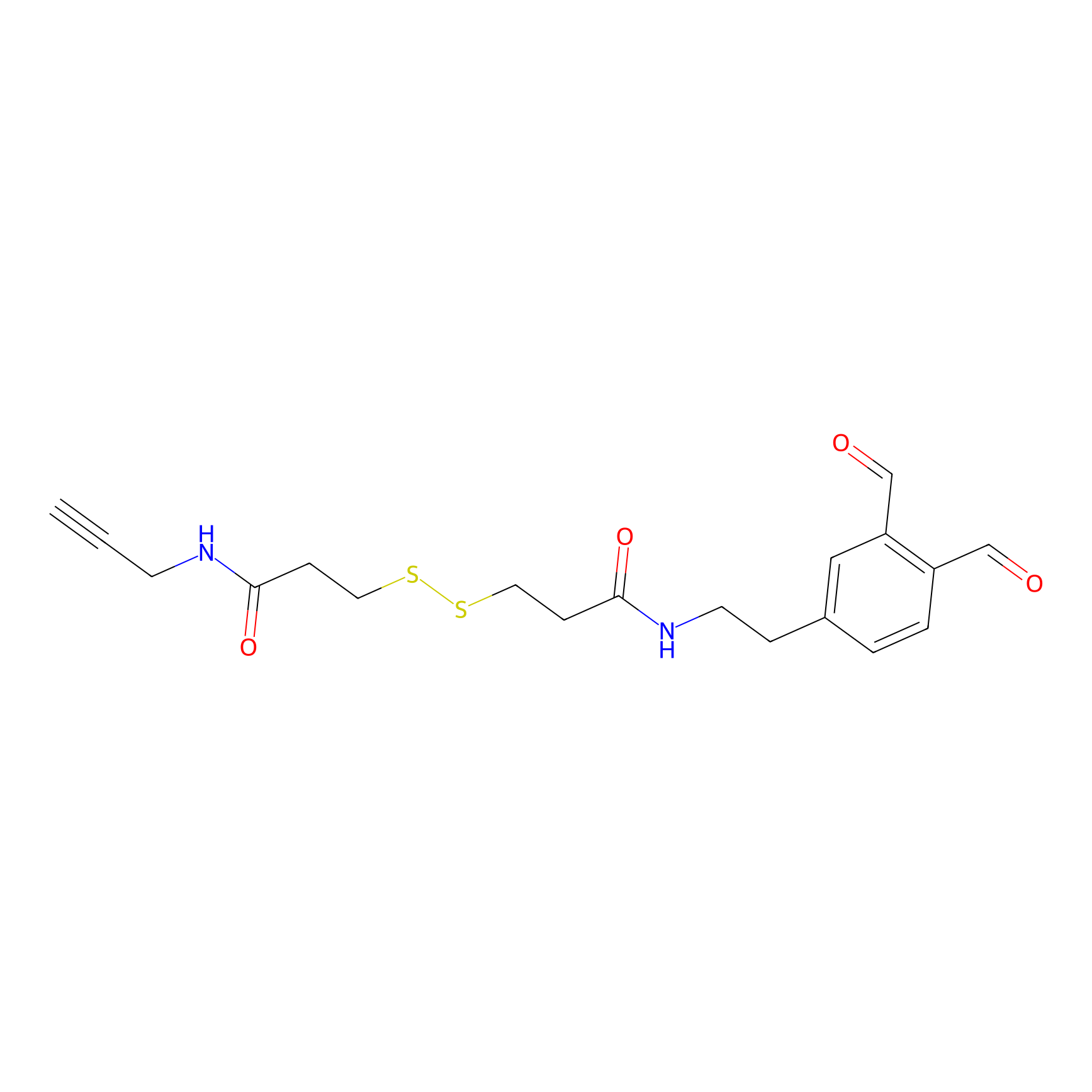Details of the Target
General Information of Target
| Target ID | LDTP00824 | |||||
|---|---|---|---|---|---|---|
| Target Name | Charged multivesicular body protein 2a (CHMP2A) | |||||
| Gene Name | CHMP2A | |||||
| Gene ID | 27243 | |||||
| Synonyms |
BC2; CHMP2; Charged multivesicular body protein 2a; Chromatin-modifying protein 2a; CHMP2a; Putative breast adenocarcinoma marker BC-2; Vacuolar protein sorting-associated protein 2-1; Vps2-1; hVps2-1 |
|||||
| 3D Structure | ||||||
| Sequence |
MDLLFGRRKTPEELLRQNQRALNRAMRELDRERQKLETQEKKIIADIKKMAKQGQMDAVR
IMAKDLVRTRRYVRKFVLMRANIQAVSLKIQTLKSNNSMAQAMKGVTKAMGTMNRQLKLP QIQKIMMEFERQAEIMDMKEEMMNDAIDDAMGDEEDEEESDAVVSQVLDELGLSLTDELS NLPSTGGSLSVAAGGKKAEAAASALADADADLEERLKNLRRD |
|||||
| Target Bioclass |
Other
|
|||||
| Family |
SNF7 family
|
|||||
| Subcellular location |
Late endosome membrane
|
|||||
| Function |
Probable core component of the endosomal sorting required for transport complex III (ESCRT-III) which is involved in multivesicular bodies (MVBs) formation and sorting of endosomal cargo proteins into MVBs. MVBs contain intraluminal vesicles (ILVs) that are generated by invagination and scission from the limiting membrane of the endosome and mostly are delivered to lysosomes enabling degradation of membrane proteins, such as stimulated growth factor receptors, lysosomal enzymes and lipids. The MVB pathway appears to require the sequential function of ESCRT-O, -I,-II and -III complexes. ESCRT-III proteins mostly dissociate from the invaginating membrane before the ILV is released. The ESCRT machinery also functions in topologically equivalent membrane fission events, such as the terminal stages of cytokinesis. Together with SPAST, the ESCRT-III complex promotes nuclear envelope sealing and mitotic spindle disassembly during late anaphase. Recruited to the reforming nuclear envelope (NE) during anaphase by LEMD2. ESCRT-III proteins are believed to mediate the necessary vesicle extrusion and/or membrane fission activities, possibly in conjunction with the AAA ATPase VPS4.; (Microbial infection) The ESCRT machinery functions in topologically equivalent membrane fission events, such as the budding of enveloped viruses (HIV-1 and other lentiviruses). Involved in HIV-1 p6- and p9-dependent virus release.
|
|||||
| Uniprot ID | ||||||
| Ensemble ID | ||||||
| HGNC ID | ||||||
Probe(s) Labeling This Target
ABPP Probe
| Probe name | Structure | Binding Site(Ratio) | Interaction ID | Ref | |
|---|---|---|---|---|---|
|
STPyne Probe Info |
 |
K104(0.96); K108(0.93); K124(0.97); K52(4.03) | LDD0277 | [1] | |
|
OPA-S-S-alkyne Probe Info |
 |
K64(5.72) | LDD3494 | [2] | |
References
